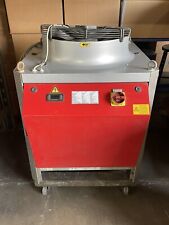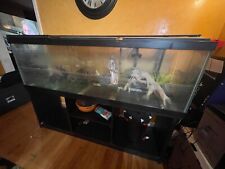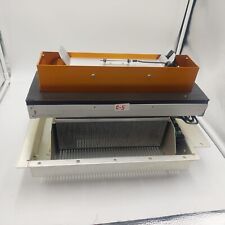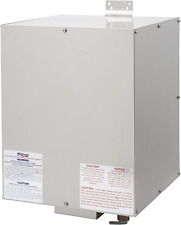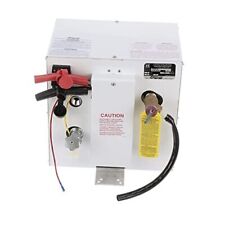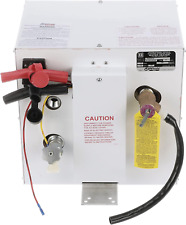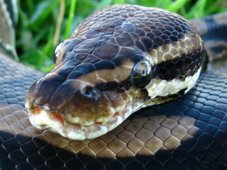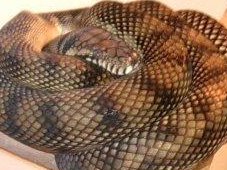Housing Kingsnakes

Found in North and South America, these creatures are used to arid or mountainous regions, so their living place doesn’t have to be especially humid (however, an occasional light misting of their tank is no bad thing, especially when they are shedding skin).
Equally, even though they can grow up to six feet, kingsnakes don’t need vast living areas, so even a medium-sized vivarium or a fish tank should suffice. In fact, very young kingsnakes can find too much space stressful. Their home will need to be secure, though -they’re great at escaping, and quite strong enough to push away a loose lid.
Allow a square foot of space for each foot of kingsnake, and the home should be around a third as high as your snake is long. For most adults, dimensions of around 4ft by 2ft are fine.
Kingsnakes also need substrate, or covering on the bottom of its home. You could use aspen shavings, newspaper, paper towels, beech chippings, or artificial turf. Change soiled substrate quickly, since your kingsnake will use it as a toilet, making it the ideal breeding ground for bacteria.
Because kingsnakes are cold-blooded, they use their surroundings to regulate their body temperature. And, without this thermoregulation, health problems, especially with digestion, can result. In the wild, they can bask in the sun, or cool down in shady areas. Give your kingsnake a warm area of between 27°C and 33°C using a heat mat with a thermostat, or a bulb with a guard. Ideally, you should check the tank’s temperature regularly. A heating mat shouldn’t cover more than half the floor of your kingsnake’s home. The disadvantage of bulbs is that it they need to be on constantly, and your snake may not like the excessive light.
All kingsnakes also need a hiding place, and can become stressed without it. You should have a hiding spot in both the cool and warm areas. Your kingsnake feels the need to hide more urgently than the need to regulate its temperature, but he needs to do both! You could use a cardboard box or a flower pot, but specialist reptile hides are available. Kingsnakes just need somewhere to curl up hidden from view.
Kingsnakes also like to climb, so give them a branch or a plastic plant. This will also give them somewhere to exercise and rest, and help when it comes to skin shedding time. The only other ‘must have’ piece of kit is a water bowl – all kingsnakes must drink fresh water every day.
Like most humans, kingsnakes also enjoy a change of scenery, so change your vivarium’s layout occasionally, and the snake will feel as though it has a new home. And kingsnakes may be pretty territorial – they are protective of their surroundings, and are quick to call a place home. So settling your snake in should be a quick and straightforward process.

